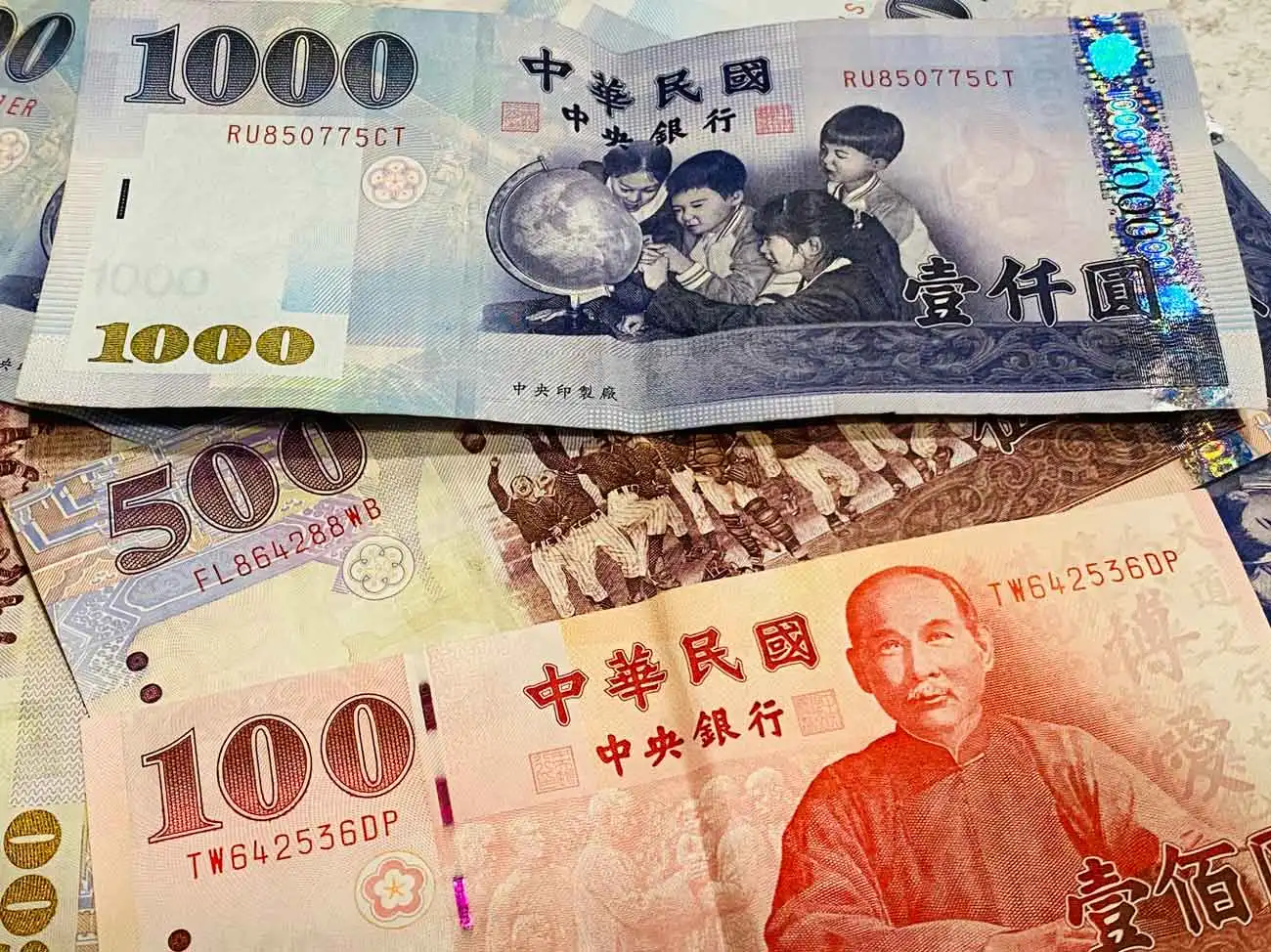Onshore yuan-denominated deposits last month slid to 121.639 billion yuan (US$17.15 billion), down 5.09 percent from a month earlier and the lowest in nearly 11 years, data released by the central bank showed yesterday.

The 5.09 percent monthly decline also marked the second-largest fall since Taiwan started allowing banks to take in yuan deposits in February 2013, the central bank data showed.
The monthly decrease of 6.527 billion yuan from 128.166 billion yuan in July came as investors and corporates continued to lose interest in the Chinese currency amid growing worries about a slowdown in the world’s second-largest economy, the central bank said.
Onshore yuan deposits include those at local banks’ domestic banking units (DBUs) and those at offshore banking units (OBUs) in Taiwan.
Central bank data showed that yuan deposits last month fell to their lowest level since October 2013, with DBU deposits down 1.43 percent from the previous month to 91.942 billion yuan and OBU deposits declining 14.88 percent to 29.697 billion yuan.
The central bank attributed the significant decrease in OBU deposits to firms in the electronics industry converting a large portion of their yuan-denominated deposits into US dollars for fund management purposes.
Whether electronics firms were simply in shortage of US dollars or needed greenbacks for other purposes such as supply chain adjustments would require observation for a few more months to see if the situation continues, the central bank added.
Based on information provided by the central bank, Bank SinoPac (永豐銀行) offers the highest interest rate in Taiwan for one-month yuan deposits at 3.05 percent, while Standard Chartered Bank provides the highest rate for three-month deposits at 2.2 percent.
The highest interest rate for six-month and one-year yuan time deposits are 2.2 percent at Bank SinoPac and 2.1 percent at Sunny Bank (陽信銀行) respectively, the data showed.–TAIWAN TIMES






